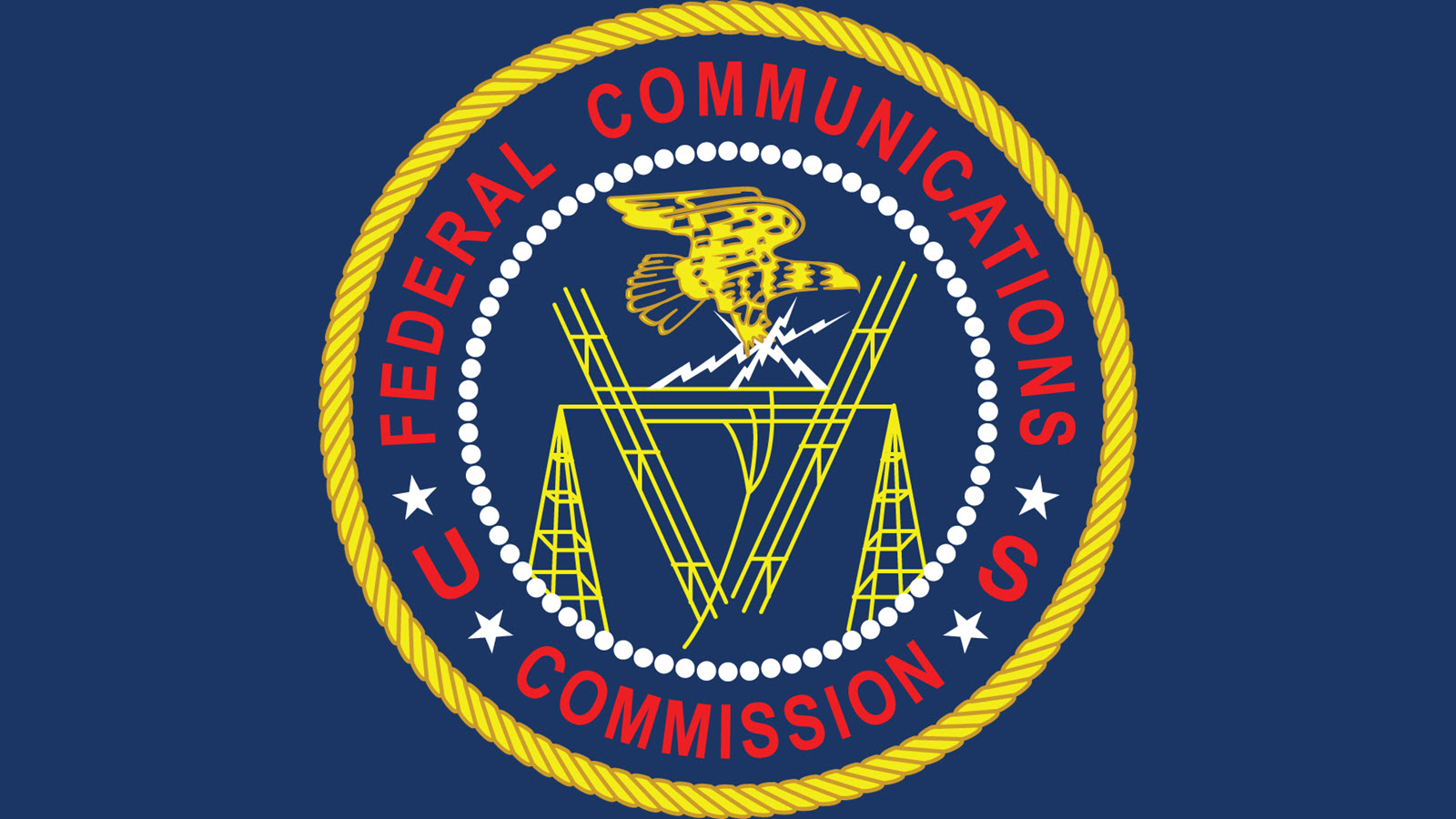FCC Seeks Comment on ATSC 3.0-Driven Broadcaster Request

The FCC's Media Bureau is seeking comment on a request by broadcasters that they be allowed more flexibility to use distributed transmission systems (DTS) to extend the reach of TV station signals "while preserving the current interference requirements."
That request comes as broadcasters are preparing to roll out the new ATSC 3.0 transmission standard and want the FCC to rethink the service limits of DTS, arguing that it would help them "improve service throughout their coverage area (particularly near the edge of the coverage area), improve mobile reception, and improve spectrum efficiency (by reducing the need for television translators using separate channels)."
In petitioning the FCC for the DTS rulemaking (in a filing Oct. 3), the National Association of Broadcasters and Americas Public Television Stations told they want to explore the ability of ATSC 3.0 to make it easier to use the DTS signals. "ATSC 3.0 permits a simplified design for single frequency networks that makes the deployment of such networks significantly more cost effective," they said.
DTS provides for extending the signal on the same channel, so it reduces the need for translators, which also extend a TV station signal but use different channels and thus occupy more spectrum at a time when the spectrum efficiency is an FCC and Trump Administration goal.
The FCC currently limits the use of DTS signals near the edge of a station's market, so they want the FCC to change its methodology for determining the limits of DTS service, "small changes" they suggest could have a big payback in service to viewers.
The FCC has given the public and stakeholders until Nov. 12 to comment. Reply comments are due Nov. 27.
Broadcasting & Cable Newsletter
The smarter way to stay on top of broadcasting and cable industry. Sign up below
Contributing editor John Eggerton has been an editor and/or writer on media regulation, legislation and policy for over four decades, including covering the FCC, FTC, Congress, the major media trade associations, and the federal courts. In addition to Multichannel News and Broadcasting + Cable, his work has appeared in Radio World, TV Technology, TV Fax, This Week in Consumer Electronics, Variety and the Encyclopedia Britannica.










